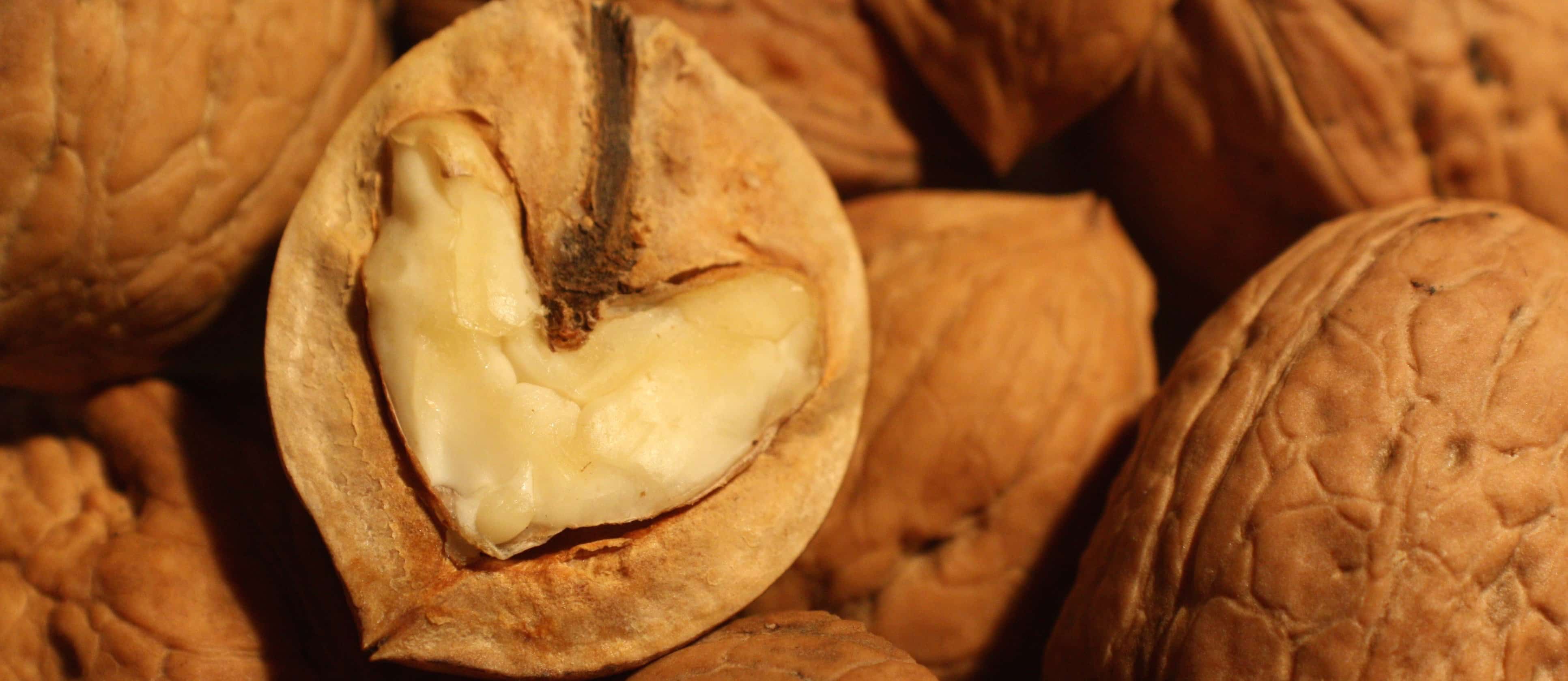Good news for nut lovers: Eating at least one serving of walnuts per week may drop our chances of a cardiovascular-related death by 50%. However, walnut consumption may only drop our cholesterol levels about 5%. How could we get a 50% drop in cardiac mortality from just a 5% drop in cholesterol? Walnuts must have some other heart-protecting benefits besides lowering cholesterol.
The ability of blood vessels to relax and open normally is considered an excellent barometer of underlying vascular health. For example, even after controlling for other risk factors, 80% of those with better than average arterial function survived cardiac event-free over the years, whereas 80% of those with below average dilation didn’t. So what effect do nuts have? A 2011 review in the journal Nutrition, Metabolism, and Cardiovascular Diseases found five clinical trials analyzing the effect of nut consumption on arterial function, and all three studies on walnuts showed an improvement in endothelial function measured in the arm. The study on pistachios also found a positive effect, but the study on hazelnuts was a wash.
A subsequent study on hazelnuts, however, did find a significant improvement in arterial function, so the data for hazelnuts is mixed, whereas two subsequent walnut studies (highlighted in my video, Walnuts and Artery Function) confirmed walnuts’ benefits. Therefore, eight studies to date have investigated the effect of nuts on brachial artery function; seven out of eight showed a significant improvement in arterial function, one showed a negligible effect, and none found nuts made things worse.
Half the studies, though, used the added nuts to replace foods in the diet known to have a negative effect on endothelial function. For example, in one study, walnuts replaced meat and dairy, which have been shown to be detrimental, so no wonder arterial function got better. When we do a study like that, we can’t tell if the benefits are because of the addition of the good stuff or the removal of the bad. In three of the other studies, nuts replaced olive oil, which tends to lead to a worsening of endothelial function. Therefore, in these four studies, the beneficial effects of the walnuts may have been exaggerated.
However, the other four studies just added nuts as a snack or with a meal, without replacing any specific foods, and found that nuts significantly improved arterial functioning. Given their association with longevity (see Nuts May Help Prevent Death), I encourage everyone to eat an ounce of nuts a day (unless of course you’re allergic). Only about 1% of people report nut allergies, but still, that eliminates nut consumption for millions of Americans.
What else can nuts do? See, for example:
- Fighting Inflammation in a Nut Shell
- Tree Nuts or Peanuts for Breast Cancer Prevention?
- Pistachio Nuts for Erectile Dysfunction
- Nuts and Bolts of Cholesterol Lowering
Don’t nuts make us fat, though? You may be surprised—see Nuts and Obesity: The Weight of Evidence.
Which type of walnut is better? Black Versus English Walnuts.
What about the phytates in nuts–do we need to soak or toast them? See:
- Phytates for the Prevention of Osteoporosis
- Phytates for the Prevention of Cancer
- Phytates for Rehabilitating Cancer Cells
- Phytates for the Treatment of Cancer
-Michael Greger, M.D.
PS: If you haven’t yet, you can subscribe to my videos for free by clicking here and watch my full 2012 – 2015 presentations Uprooting the Leading Causes of Death, More than an Apple a Day, From Table to Able, and Food as Medicine.
